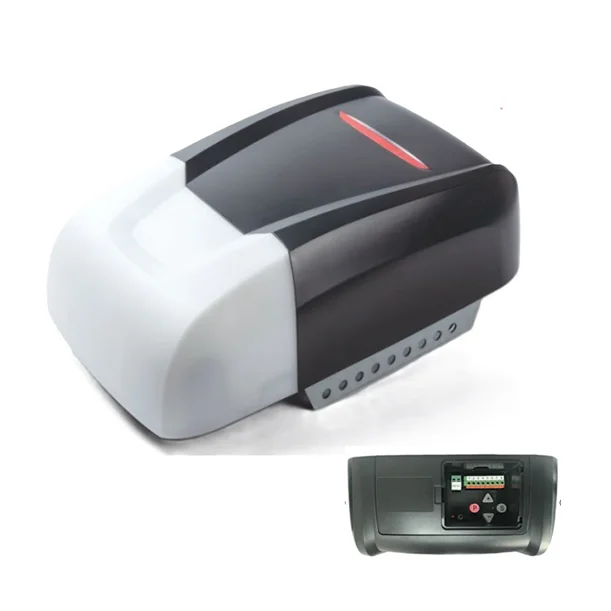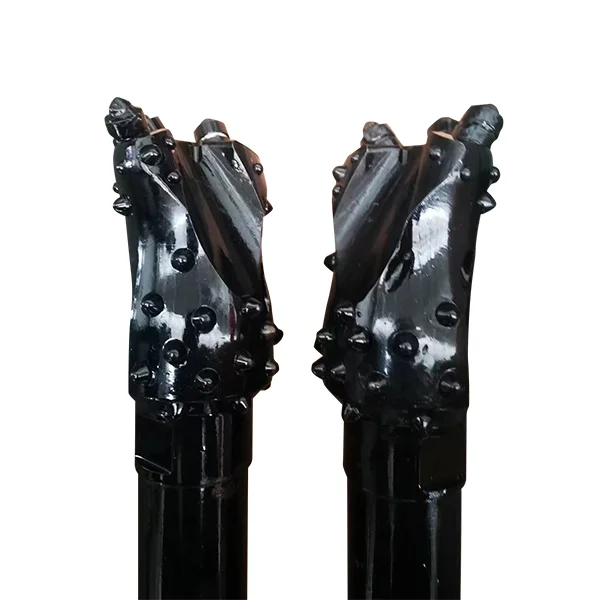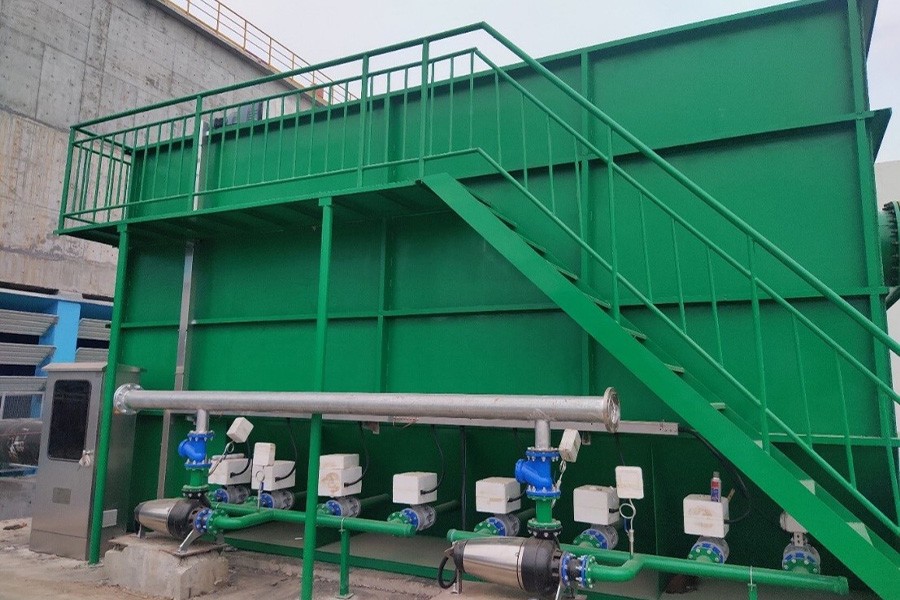Introduction: The Rise of Ceramic PCB Technology
In today’s world of high-power, high-density electronics, managing heat dissipation and maintaining electrical reliability are two of the biggest challenges for engineers. Traditional printed circuit boards (PCBs) made from FR4 or metal-core materials often reach their limits in environments with extreme temperature, high voltage, or mechanical stress. This is where Ceramic PCBs emerge as a revolutionary solution.
Ceramic PCB technology combines high thermal conductivity, excellent electrical insulation, and superior mechanical strength—qualities that make it indispensable for applications such as power electronics, LEDs, automotive systems, and RF communication modules.
What Makes Ceramic PCB Unique
Unlike conventional fiberglass or epoxy-based substrates, ceramic PCBs use inorganic materials such as aluminum oxide (Al₂O₃), aluminum nitride (AlN), or silicon carbide (SiC) as the base. These ceramics offer a set of performance characteristics that are difficult to achieve with any other material:
High Thermal Conductivity:
AlN ceramic can deliver thermal conductivity levels exceeding 170 W/m·K, enabling faster heat dissipation from power devices. This keeps components cooler and prolongs their operational life.
Superior Electrical Insulation:
Ceramic substrates provide high dielectric strength, ensuring that high-voltage components remain isolated without requiring thick insulation layers.
Dimensional Stability and Mechanical Strength:
Ceramic PCBs maintain precise dimensions and resist warping even under continuous thermal cycling, which is critical for high-reliability devices.
Excellent Corrosion and Chemical Resistance:
Because ceramics are inorganic and chemically stable, they resist oxidation and environmental degradation better than most organic laminates.
How Ceramic PCB Outperforms Conventional Boards
Traditional FR4 and metal-core PCBs work well for general applications but encounter limitations at elevated power levels or when precise thermal control is essential. The advantages of Ceramic PCB in comparison include:
Thermal Efficiency: Ceramic’s direct heat conduction eliminates the need for intermediate layers, reducing thermal resistance by up to 80%.
Higher Power Density: Devices can be smaller yet handle more current, leading to lighter, more compact designs.
Better Reliability in Harsh Environments: Ceramics withstand thermal shock, humidity, and vibration far better than organic substrates.
Enhanced Signal Integrity: For high-frequency and RF designs, the low dielectric loss of ceramic ensures minimal signal attenuation.
Common Materials and Their Applications
Different ceramic materials serve distinct purposes depending on the thermal and electrical needs of a design:
Aluminum Oxide (Al₂O₃): Cost-effective, widely used for LED lighting, automotive modules, and sensors.
Aluminum Nitride (AlN): High thermal conductivity and low dielectric constant—ideal for power amplifiers, high-speed devices, and telecom base stations.
Silicon Carbide (SiC): Excellent thermal resistance and mechanical strength for aerospace, defense, and energy systems.
Engineers can choose the right ceramic type based on the application’s thermal load, dielectric requirements, and reliability expectations.
Key Manufacturing Processes
The production of ceramic PCBs requires precision and control to achieve high performance:
Substrte Preparation: Ceramic sheets are cut and cleaned to ensure surface quality.
Metallization: Copper or silver layers are deposited using Direct Bond Copper (DBC), Direct Plated Copper (DPC), or Thick-Film processes.
Patterning: Advanced photolithography or laser methods define the circuitry.
Sintering and Lamination: Multiple layers are bonded under high temperature to create a compact and reliable structure.
Surface Finishing: ENIG, OSP, or gold plating is applied for solderability and oxidation protection.
Every step impacts the board’s electrical and mechanical performance, which is why working with a specialized ceramic PCB manufacturer is essential.
Real-World Applications
1. Power Electronics
Ceramic PCBs are widely used in power modules, inverters, and converters where heat management directly affects performance. Their superior conductivity allows power MOSFETs and IGBTs to run efficiently without thermal failure.
2. LED Lighting Systems
LEDs generate substantial heat, and ceramic substrates efficiently draw heat away from the light source, improving brightness consistency and lifetime.
3. Automotive and Electric Vehicles
Control units, battery management systems, and radar sensors rely on ceramic PCBs to operate reliably under fluctuating temperature and voltage conditions.
4. RF and Microwave Applications
In 5G and satellite communication modules, ceramic PCBs provide stable electrical characteristics for high-frequency signal transmission.
5. Medical and Aerospace Equipment
Medical imaging systems and aerospace controls demand compact, thermally stable boards—two areas where ceramic PCBs excel.
The Benlida Advantage
Benlida Circuit has decades of experience in high-end PCB manufacturing, including advanced ceramic PCB solutions. The company provides complete support from material selection and design optimization to production and testing. Whether you need prototypes or medium-volume runs, Benlida ensures consistent quality and reliability.
Learn more about Benlida’s expertise in ceramic circuit board manufacturing by visiting
Ceramic PCB Product Page.
Conclusion: Redefining Performance in Power Electronics
Ceramic PCBs represent the next evolution of printed circuit technology for demanding power and high-frequency applications. With their unique combination of thermal efficiency, electrical insulation, and durability, these boards are transforming how engineers design high-performance systems.
For manufacturers, OEMs, and designers seeking better reliability, efficiency, and miniaturization, partnering with a specialized ceramic PCB manufacturer like Benlida offers a proven path to superior product performance and longer device lifespan.
https://www.benpcb.com/
Benlida Circuit







+ There are no comments
Add yours